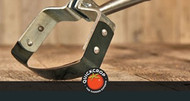Vintage Garden Tools
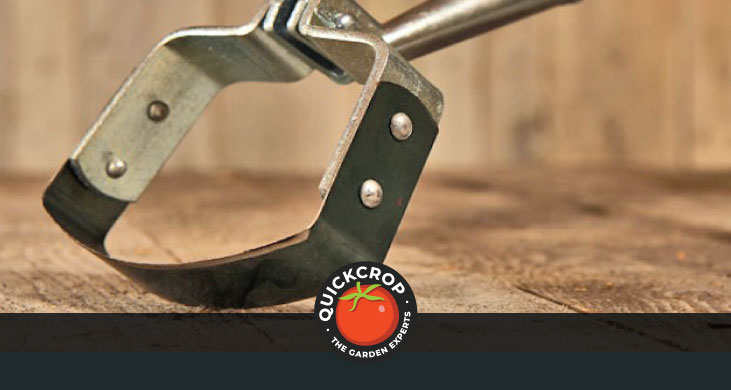
The 'Chillington Hoe' is the UK name for a range of very particular tools whose design goes back thousands of years: back to a time when our ancestors first managed to tie a shaped piece of rock to a stick, so they could break the soil and first cultivate the land. In most developing countries where agricultural workers still farm with hand tools, the 'Chillington' tool design is the most widely used.
It is a mystery to me why the common spade or fork is so popular in the U.K., and the use of these far more effective tools have died out. The simple design of a blade at right angles to the handle has been used for thousands of years, and it's still the most popular design of hand digging tool around the world.
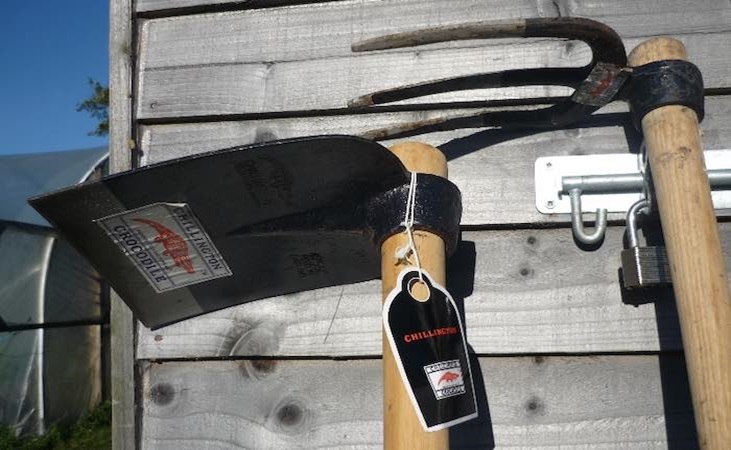
A unique design for quick and easy work
The key to the usability of these tools is the fact the cutting head is fixed at right angles to the handle of the tool. This means the implement can be swung into the ground as you would an axe, using gravity and the tool's weight to get a firm purchase in the soil. By lifting the handle the gardener is using the leverage between handle and right angled blade to break up the soil or to lever out stones or stubborn roots.
We use the full range of Chillington tools and cannot recommend them highly enough. The effort required to clear ground is far less than using a normal spade or fork available in garden centers.
Chillington Tools is now owned by Ralph Martindale, who are located in the West Midlands in the UK and have been manufacturing a varied range of this type of tool for over 100 years. In fact they are the leading manufacturer of these tools which are exported around the world.
In England the common name for this tool is a Chillington Hoe, but around the world they are known as Azadas, Badzas, Grape Hoe, Eye Hoe, Jembe, Mamooty, Mattock or Adze. There are probably even more names for them depending on which country you go to!
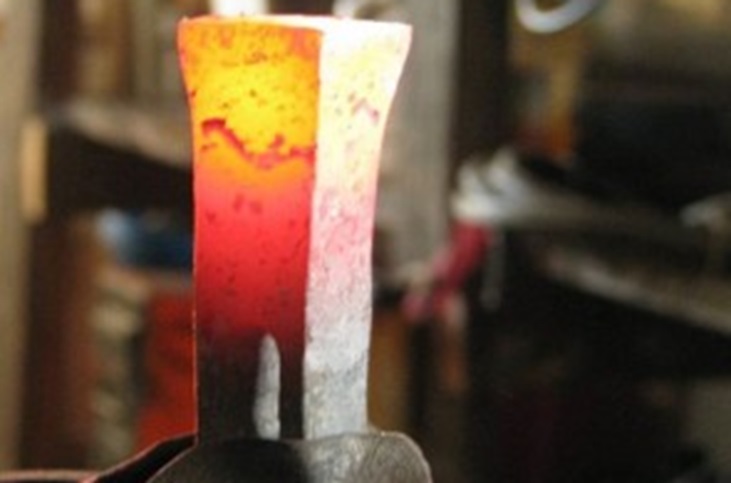
Hot Forged High Carbon Steel
Chillington Hoes and forks are made from traditional hot forged steel where the tool is made from a hot, almost molten piece of high carbon steel. The hot steel is then pressed once to form its unique shape, meaning there are no stresses built up in the metal.
The steel itself is hard wearing but flexible, and is able to take the many thousands of impacts it will receive whilst working the ground. An ordinary type of steel would actually work harden, causing it to go brittle and split over time.
The grade of hot forged steel that Chillington use is tried and tested, as they have been manufacturing these types of tools for over a hundred years (!).
These are the types of Chillington Hoes or Azadas which have been chosen by Chillington to suit gardeners and vegetable growers in the UK.
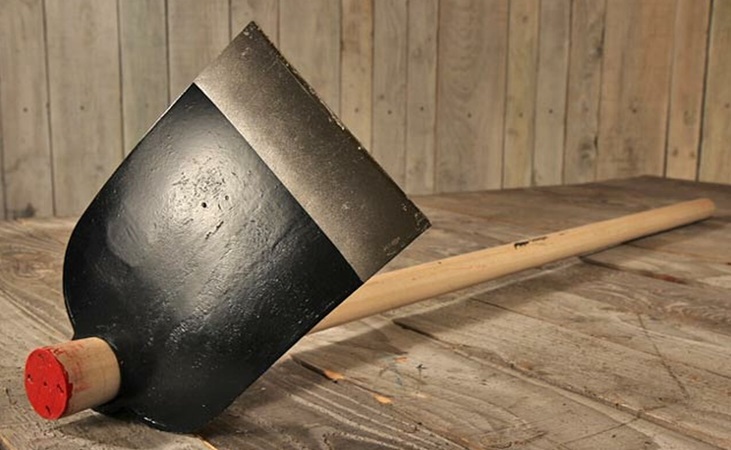
Chillington Heavy Duty Hoe or Digging Azada
The heavy duty hoe or azada is for the breaking and turning over of hard or 'virgin' soil. It comes complete with a heavy duty handle to take the extra forces when breaking up the ground. By a) swinging the heavy duty hoe head into the ground and b) then lifting the handle, the leverage will break up the soil requiring less effort than a traditional garden spade.
When digging with the Chillington Heavy Duty Hoe you are mainly using the muscles in your arms and shoulders, meaning far less strain on your back. Using the heavy duty hoe for this type of work is much faster and more comfortable than the common garden spade found in most D.I.Y. stores.
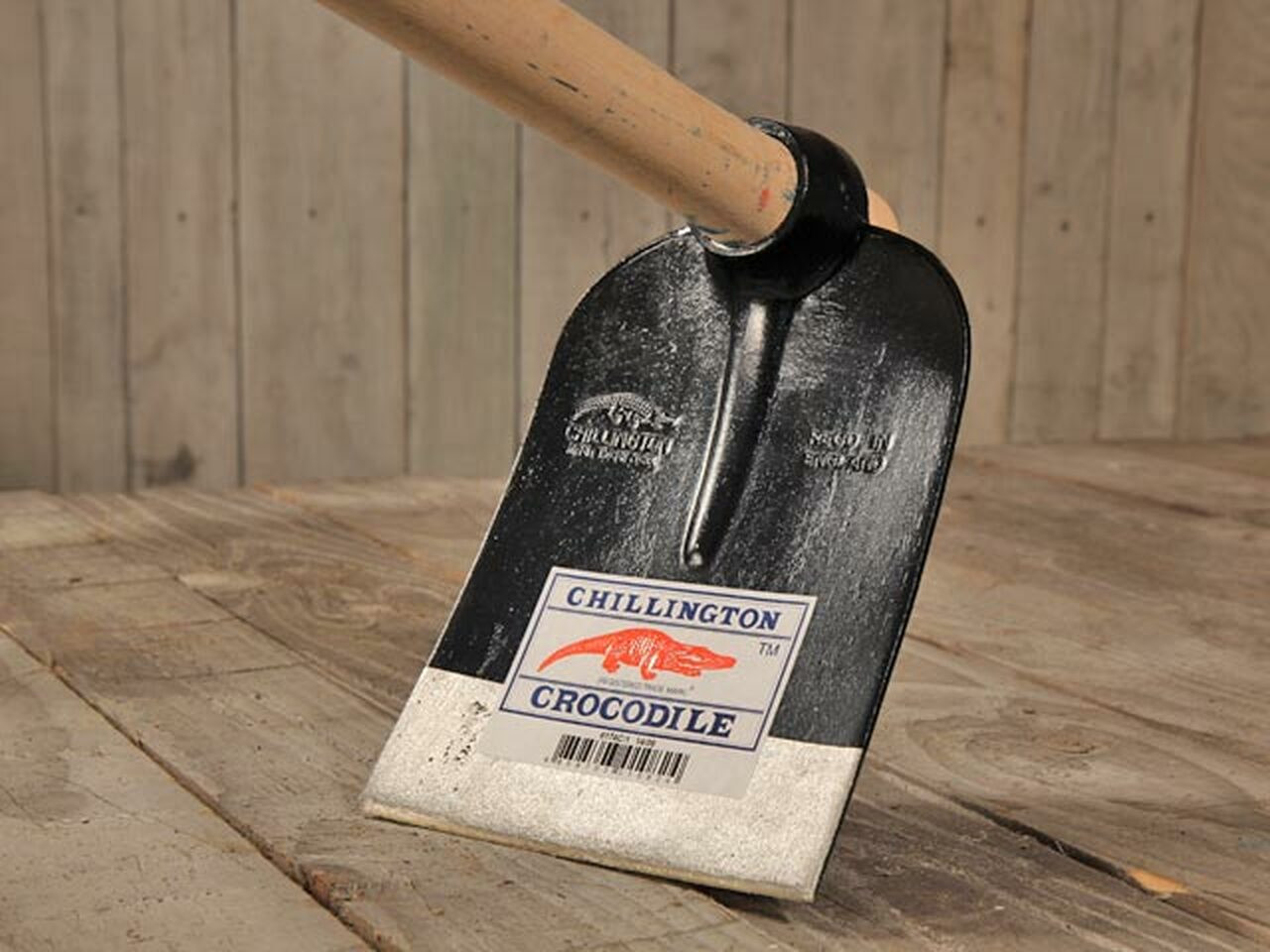
Chillington Heavy Duty Hoe or Digging Azada With Handle
View ProductThe heavy duty hoe/azada can be used for digging the ground over and then chopping the clumps or sods into smaller pieces. If you come across tree roots the heavy duty hoe will just chop straight through them.
If you need to clear overgrown wooded ground containing shrubs, brambles, small trees etc., the heavy duty hoe will easily allow you to smash through the wooded growth, chopping it into smaller pieces. It also allows you to remove the root systems from the ground as you go.
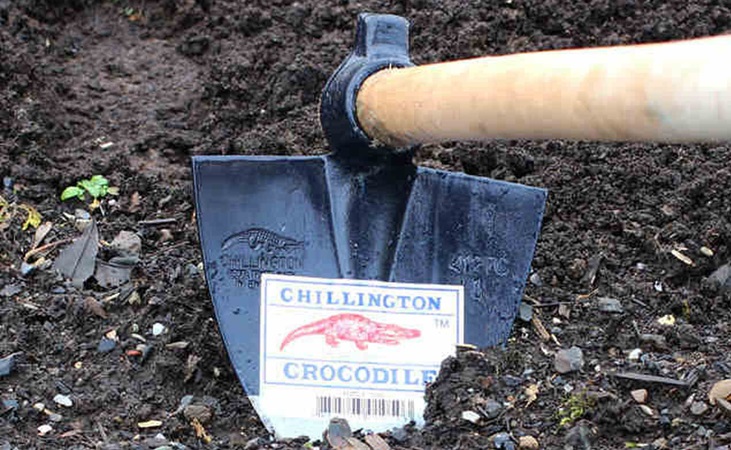
Chillington Ridging Hoe
Ever since Saxon times and earlier, people have been farming the land by using a ridging system: where the soil is dragged or dug out of two parallel trenches and mounded in the middle to form a high growing ridge.
This has the advantage of providing a mound of topsoil for deep rooted crops, and also provides drainage on wet ground. In some parts these are known as potato ridges or lazy beds.

The Chillington Ridging Hoe (Azada) With Handle
View ProductThe Chillington Ridging Hoe is specially designed for making ridges by digging and dragging the soil and mounding it into a central mound. The digging and dragging method is quicker and easier than using a spade, and as with the trenching hoe it is much easier on the back.
If you were to do this work with a traditional garden spade it will take many times longer and be much more hard work. The ridging hoe is also used to make seed trenches in the same way for the planting of various vegetables and again makes this type of work so much easier for vegetable growers and gardeners.
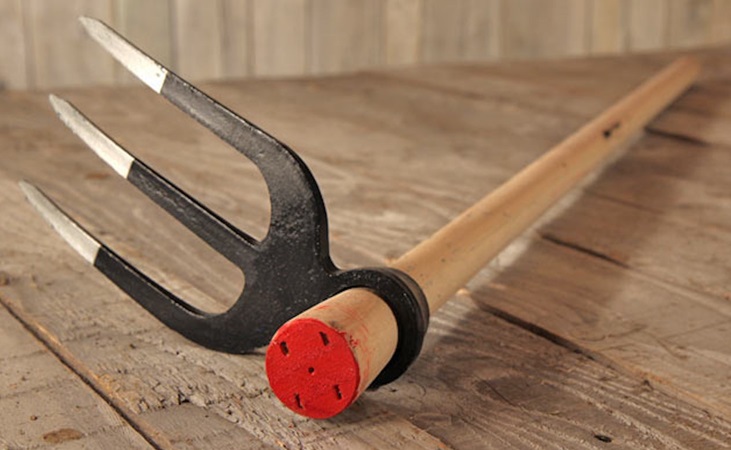
The Canterbury Fork is for breaking the soil down with a similar action to a garden fork and a rake combined. The fork is particularly good for weeding, as the tines or prongs are approximately 7 inches long: perfect for deep root weeds like dandelions and thistles.
The fork can be swung into the ground just in front of the offending weed, which can then be easily levered up from below by lifting the handle.

Chillington Canterbury Fork Hoe
View ProductThe fact that the tool has 3 widely spaced tines makes it very easy to drive it deep into the ground, thus removing the deepest weed roots. The Chillington Fork Hoe is also perfect for breaking up the clumps and sods of soil after the ground has been dug over and separating weeds from soil.
Gardeners using raised vegetable beds will find the Canterbury Fork perfect for breaking the surface of the soil in the Spring and for tidying the bed. Raised bed vegetable gardeners don't walk on their beds, so digging with a traditional fork isn't an option. The unique right angled design of the Canterbury fork means the bed can be worked from the sides, leaving the soil light and easy to work.
The Canterbury Fork Hoe comes complete with a 1200mm or 1600mm handle which allows you to reach right in to the widest type of raised beds - making it the ultimate raised bed garden tool.
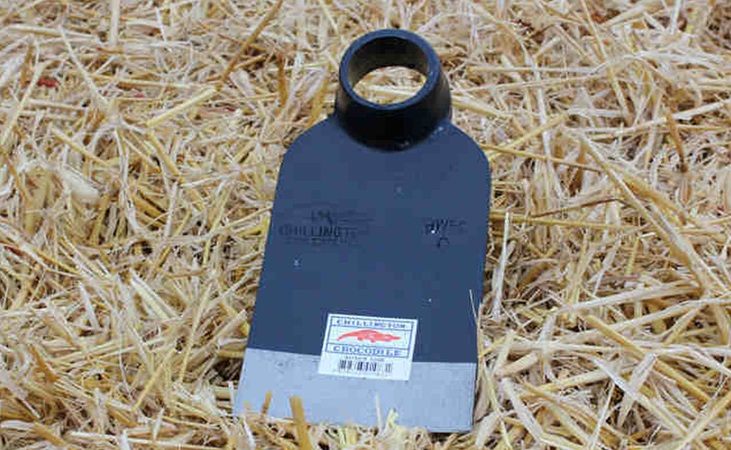
Chillington Baby Hoe
The Chillington Baby Hoe has a 100mm wide thin strong blade which can be used for general weeding and light ground clearance. Heavy weeds or light-wooded roots can be accurately cut and removed without damaging surrounding plants.
The Baby Hoe is essentially a smaller, lighter version of the Heavy Duty Hoe and will be more suitable for lighter work or smaller gardens. Make no mistake, this is still a very strong and effective tool, just less heavy handed!
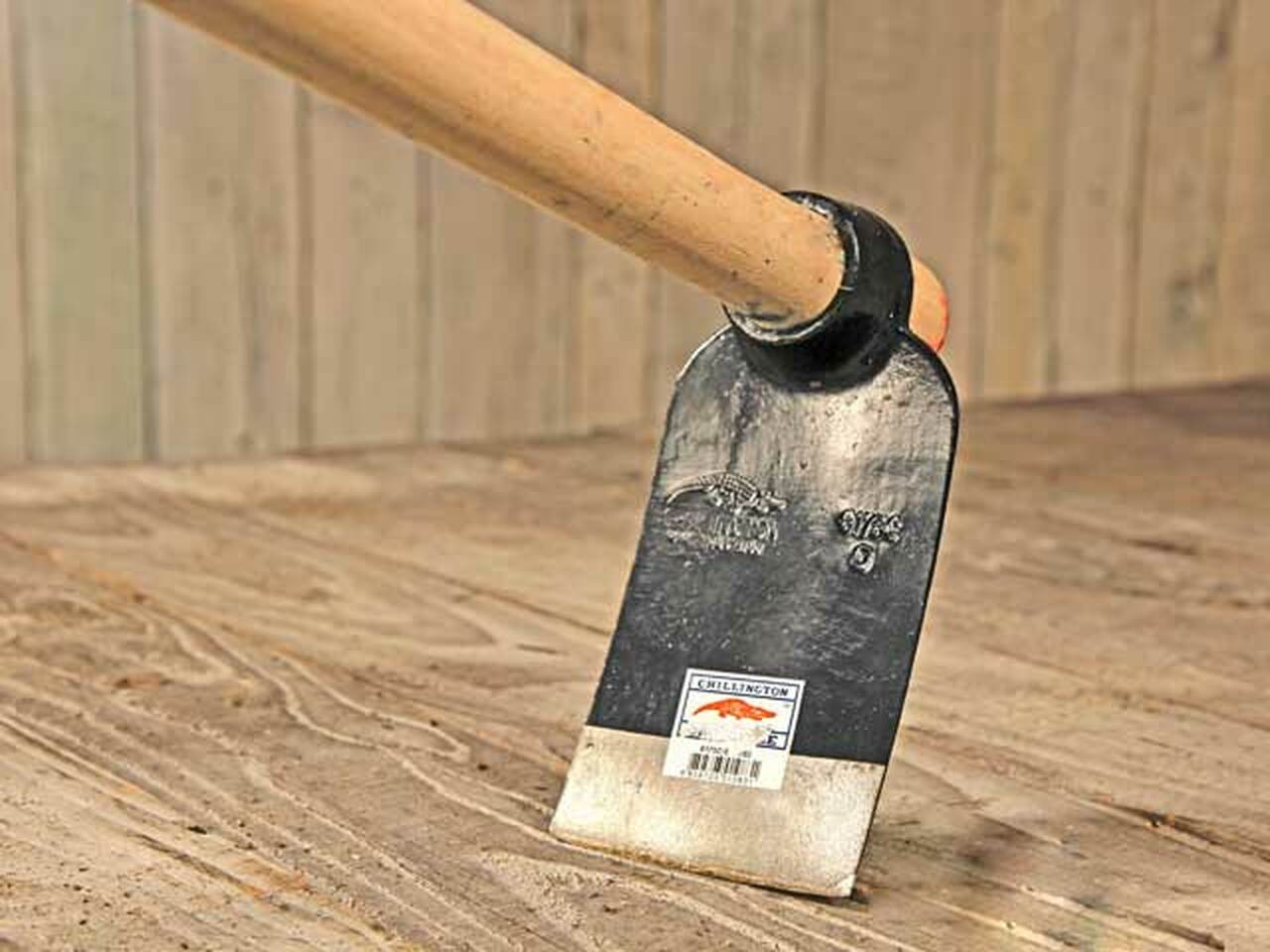
The Chillington Baby Hoe Or Light Medium Azada With Handle
View ProductThe sharp blade can be easily sharpened with a file or small sharpening stone to keep the baby hoe in top condition.
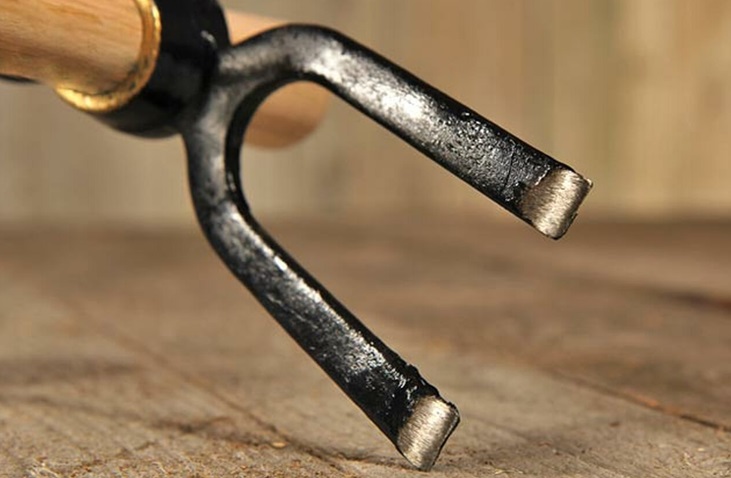
Chillington Double Headed Hoe
This twin-use hoe has a thin blade at one end and a two-prong fork at the other, on a 900mm length handle. The tool is very much sought after by vegetable growers who may use raised beds or containers to grow in, or those who prefer to work their vegetable beds by kneeling down. The shorter handle makes it easier to reach in and prepare the soil, or remove any weeds amongst your growing plants.
The double headed hoe is light and easy to use, while giving you a surprising amount of digging power from such a compact tool: a hardcore hand tool!
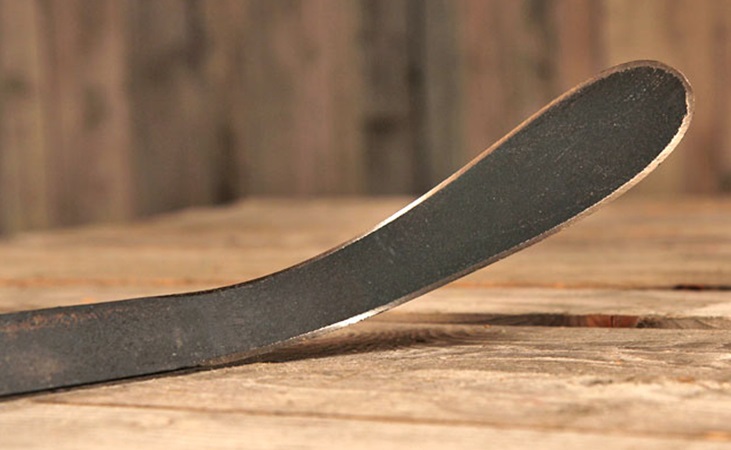
Grass Slasher and Weeder
With its unique curved blade, this great tool is used for clearing weeds and vegetation. In some countries where they cannot afford chemical sprays or mechanical tools, teams of men can clear acres and acres of light grass and weeds with a suitable slasher tool.
In the UK it is favoured by those who have electric fences, as it is easier and lighter to carry than mechanical or larger tools like scythes. It is also used around tree plantations, where people do not want to use sprays or mechanical means for fear of damaging their young trees (people familiar with strimmer damage around trees and fruit bushes will immediately see the benefit of this tool).
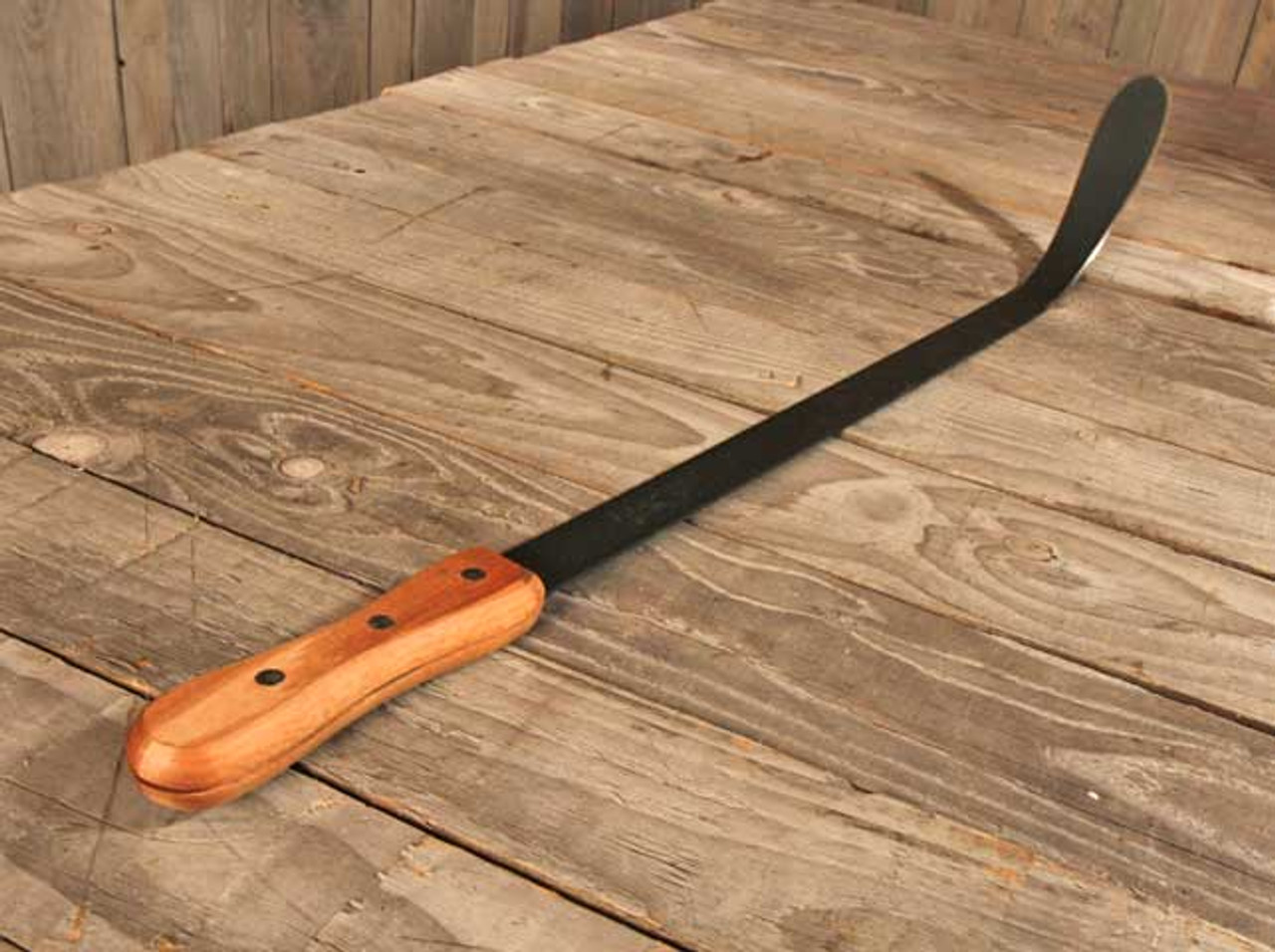
Chillington Grass Slasher & Weeder
View ProductThere are reports of people using these tools for 20 years before they need replacing, which just shows you how good they are. They will easily clear grass, weeds and rushes and young green briars.
